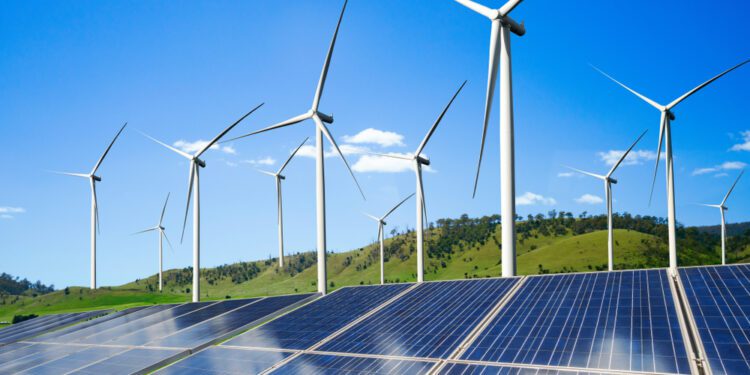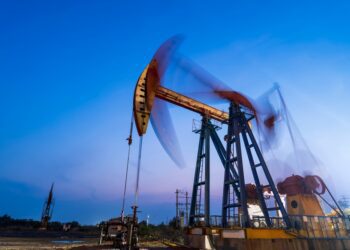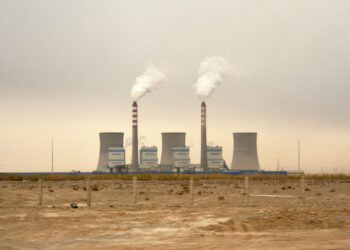Our 2025 edition of the “Clean Energy Startup Radar” is our third and is based on an analysis of early-stage investment data from Crunchbase. The report seeks to identify trends, promising technologies, and new business models of interest to VC investors, as well as investor opportunities and risks.
Energy security push fuels rise in nuclear and CCUS funding
Robust growth in next-generation nuclear energy investment in 2024 was dominated by a few bets with significant investment volumes. For instance, startup X-energy, which works on portable, modular nuclear reactors, attracted $700 million, while Pacific Fusion garnered $900 million for its work on energy generation through fusion power. Investments in next-generation technology prompted the nuclear category to expand to $2.4 billion, 12 times what it was the year before.
Last year, CCUS investments rose 139% to $700 million, recovering from a dip to $300 million in 2023. The funding increase was spread across many startups, with the number of transactions up 80%, reflecting 2024’s favorable political and regulatory environment for this technology.
This new support for technologies like nuclear and CCUS signals a growing realization, particularly in North America and Europe, that a bigger mix of technologies — including both CCUS and nuclear — is required to achieve a meaningful energy transition and meet mounting electricity demand. Depending on multiple technologies is also vital to maintain the affordability of energy and ensure energy security. For example, even the Green Party in Germany reversed its stance against CCUS technology and now supports its targeted use.
Investment in energy services and management solutions has increased by 34% to $2.1 billion, suggesting a renewed focus on energy efficiency and sustainability.
Clean energy VC by region — North America up, Asia down, Europe rising
North America solidifies its position as the leader in VC investment in clean energy startups, with shifts in investment priorities and an increase to about $6.9 billion from $5.5 billion the year before. For instance, tech industry investments in nuclear generation, such as Microsoft’s investment in the Three Mile Island nuclear plant in Pennsylvania, appear to have opened the door to investment in nuclear startups in the region.
In 2024, the North American nuclear category attracted $2 billion, versus 2023 when it only garnered $100 million. This century’s nuclear power is different from the long lead-time, large capital-investment plants of the past, often involving nuclear reactors that can be transported by truck or fusion.
CCUS startups in North America also experienced a surge in investments, up 100% over the year before. Meanwhile, investments in hydrogen, carbon analytics, and battery development and storage declined.
Clean energy sees long-term gains, short-term risks
The International Energy Agency (IEA) predicts a 4% year-over-year increase in global electricity demand, making it reasonable to predict ongoing investment growth in clean energy startups across all markets, at least over the medium and long term.
universal desire for energy security and the ability to supply the needed electricity to underpin economic growth. Every region will struggle with that, and the answer will not be found by just expanding old technology.
Read the full article by Thomas Fritz, Maximillian Mitterrutzner, and Till Voelcker /OliverWyman












